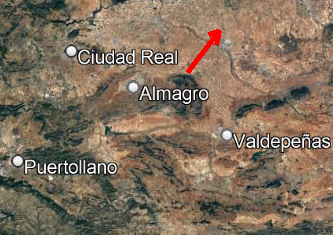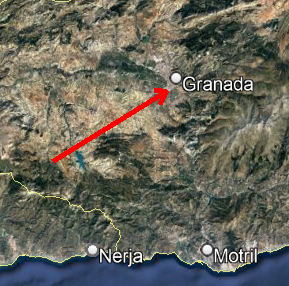Two bright fireballs were observed during the night of November 13th 2022.
The first of them happened at 01h42 UT (02h42 Spanish Local Time) above Ciudad Real (Mid-South Spain) skies.
The second object was registered at 02h47 UT (03h47 Spanish Local Time). This one flew Granada (South Spain) skies.
Some of the SMART Project’s detector registered both events.
External cameras operated at Calar Alto Observatory in Almería, also could follow both objects.
Professor José María Madiedo (Instituto de Astrofísica de Andalucía IAA-CSIC), SMART Project’s PI, has made the preliminary analysis of the two fireballs.
Below are the videos and the conclusions of this preliminary analysis.
First fireball

- Type of event: Cometary
- Initial speed: 105.000 km/h
- Initial altigude: 110 km
- Final altitude: 67 km
- SMART stations which registered the event: Calar Alto (Almería), Huelva, La Hita (Toledo) Sierra Nevada (Granada), La Sagra (Granada), Seville and EL Aljarafe (Seville)
As shown on the right picture, this fireball flew above Ciudad Real province in mid-south Spain, moving norheastward.
Second fireball

- Type of event: Cometary
- Initial speed: 106.000 km/h
- Initial altigude: 108 km
- Final altitude: 67 km
- SMART stations which registered the event: Calar Alto (Almería), Huelva, La Hita (Toledo) Sierra Nevada (Granada), La Sagra (Granada), Seville and EL Aljarafe (Seville)
The luminous part of the event started at an altitude of 108 km above Granada province (South Spain) and then moved northeastward, finishing at an altitude of 67 km above the ground of the same province, close to the province's capital.
Calar Alto (CAHA) fireball detection station, together with the one at the Observatory of Sierra Nevada (IAA-CSIC) and others placed at different locations in Spain, are part of the S.M.A.R.T. project led by Professor José María Madiedo (IAA) to track that kind of objects. Specifically, Calar Alto (CAHA) station and the one at Sierra Nevada (IAA-CSIC) constitute a collaboration agreement between the IAA researcher José María Madiedo and both institutions.
 English (UK)
English (UK)
